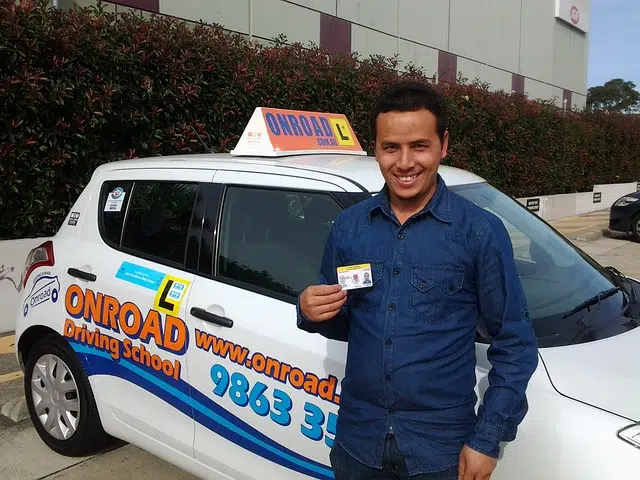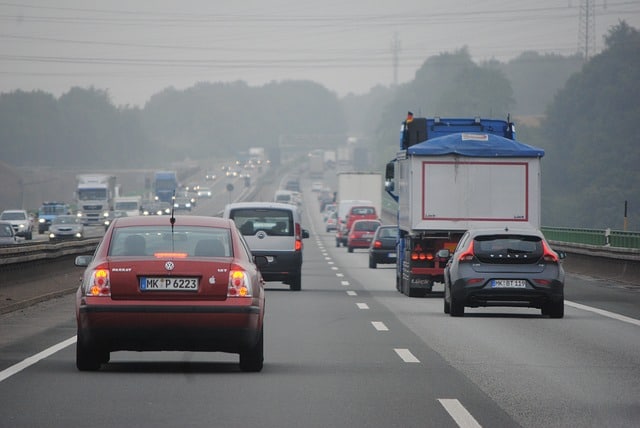
The double command car allows the instructor to intervene in case of error
An establishment that is dedicated to teaching how to drive cars is called a driving school . The term is formed with the compositional element auto- (which refers to the automobile ) and the noun school (an institution that provides some kind of instruction).
Practical and theoretical training
Driving schools offer practical and theoretical training . In this way, students acquire all the knowledge they need to drive safely.
The main objective of driving schools is to prepare those who wish to obtain a driver's license . Generally, the State grants this permit to people who pass a test , which requires demonstrating basic driving skills and knowledge of traffic rules.
Anyone who goes to a driving school, in this framework, learns to drive the car and studies the laws that govern vehicular traffic. With the knowledge acquired after completing the course, you are in a position to take the exam in question to obtain the corresponding license.
And this last point is essential before starting, since it is necessary to make a decision regarding the type of vehicle we want to drive so that the driving school can provide us with adequate training. In each country, the regulations may be different, although broadly speaking there are licenses for cars, mopeds, trucks and buses , among others.
special vehicle
Driving schools usually have at least one vehicle so that learners can learn to drive. Many times it is a double command car : that is, it has two pedal boards , the traditional one and another located on the floor next to the passenger seat. Thus, the instructor sits in the passenger's place and can assist the learner if he or she does not accelerate, brake or clutch sufficiently.
In other words, the dual command vehicle offered by some driving schools allows the student to have control over its operation, as if it were a normal one, but it also gives the teacher the possibility of intervening at any time to avoid accidents or point out corrections.
Of course, all this is not essential to learn to drive, but the guidance of the instructor and responsible practice behind the wheel is enough. In fact, the first lessons are carried out in isolated or little-trafficked places, where there is no significant risk of accident. Practices on streets and highways only come when the student demonstrates a sufficient degree of coordination , as well as a speed of reaction and decision-making appropriate to the challenges of public roads .
Time flexibility
In general, driving schools do not have a fixed class schedule. Students can agree with the center and the teacher on which days and times to receive the training .

Practices on streets and highways come to the end of the program
Thanks to the conveniences that the Internet offers us, especially through mobile phones, it is now very common for each student to communicate directly with the instructor assigned to them, instead of dealing with a receptionist at the driving school. In this way, a conversation through an instant messaging application is enough to coordinate the day and time of the lessons , as well as their duration.
In fact, the teacher not only maintains direct contact with his students to speed up the booking of classes, but also acts as an intermediary between them and the driving school for any type of consultation and even for the acquisition of more lessons. Because a close bond is created between them, which over time can border on camaraderie or even friendship, students find it much easier to deal with their instructor than with the rest of the staff.
